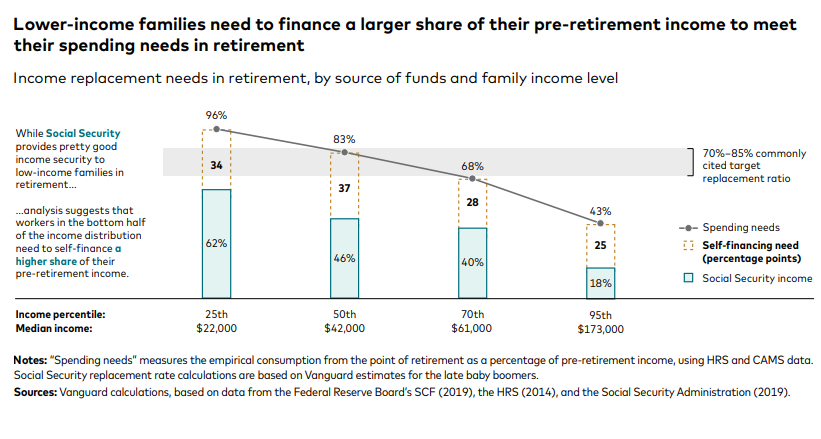The 401(k) Evolution: Navigating Fees, Taxes, and the Changing Retirement Landscape

The 401(k) plan, a familiar term in American retirement planning, has undergone significant changes since its inception. While it’s known for helping employees save for retirement, there's more to its story. This article aims to unpack the various aspects of 401(k) plans, examining the roles of fees, employer contributions, government taxation, and more.
The Origins and Evolution of the 401(k)
- The 1970s and the Revenue Act of 1978: The 401(k) was born from a clause in the Revenue Act of 1978, initially aimed at curbing tax breaks on executive bonuses. It was transformed into a retirement savings tool that shifted responsibility from employers to employees.
- The Employer Shift: This shift was part of a broader move in corporate America to reduce the financial burden of retirement benefits. Pensions, which guaranteed a fixed amount post-retirement, were expensive for companies. The 401(k) offered a way for employers to
contribute less over time.
The Hidden Costs: Fees within 401(k) Plans
- Various Types of Fees: Fees in 401(k) plans include investment fees, administrative fees, and service charges. These fees can total 2.5% to 3.5%, significantly impacting the growth of these retirement accounts.
- The Effect on Employees: As employers scale back their contributions, these fees eat into the employees' retirement savings. Many employees are not fully aware of these costs due to a lack of transparency in how they are presented.
The Government's Role in Taxation
- Deferred Taxes as a Strategy: The government promotes 401(k) plans as a tax-deferred benefit. However, this setup also allows the government to levy taxes on a larger sum later, as the accounts grow tax-free over time.
- Required Minimum Distributions (RMDs): RMDs ensure that this tax is eventually collected. The idea is that as people retire and withdraw from their 401(k)s, the government collects taxes on these larger amounts, which are forced to be distributed or even larger tax penalties applied.
Reduced Employer Contributions: A Cost-Cutting Measure
- The Trend of Cutting Back: There's been a notable reduction in employer contributions to 401(k) plans over the years. This change is part of a cost-saving strategy by employers, shifting more of the savings responsibility to employees.
Financial Advisors and Plan Administrators: Understanding Their Fees
- The Cost of Professional Management: These individuals and entities manage 401(k) plans, but their services come with fees. Often, these costs are not clearly explained to employees, leading to a lack of understanding about how much is being paid and its impact on savings.
Millennials and the Current Economic Climate
- A Generation's Response to Economic Fears: With concerns about market stability and economic downturns, Millennials, in particular, are cautious. Many prefer holding cash over investing in 401(k) plans, potentially affecting their long-term financial health.
Conclusion:
The 401(k) is not just a simple retirement savings account; it's a complex financial tool shaped by historical shifts, corporate strategies, and government tax policies. Understanding these layers is crucial for anyone looking to optimize their retirement savings. It's important to be aware of the fees involved, the implications of tax-deferred savings, and the changing landscape of employer contributions.
Navigating the complexities of 401(k) plans requires a comprehensive approach. If you're looking to understand how these factors affect your retirement planning, let’s connect. Together, we can review your 401(k) strategy and ensure it aligns with your long-term financial goals.
There is a reason that the wealthy do not save for their retirement in 401K plans and instead turn to alternative vehicles using after tax dollars to generate tax free growth and then tax free income that is protected from market downturns instead. If you are interested to see how these alternative investments compare in retirement income, reach out for a free consultation to learn more.






